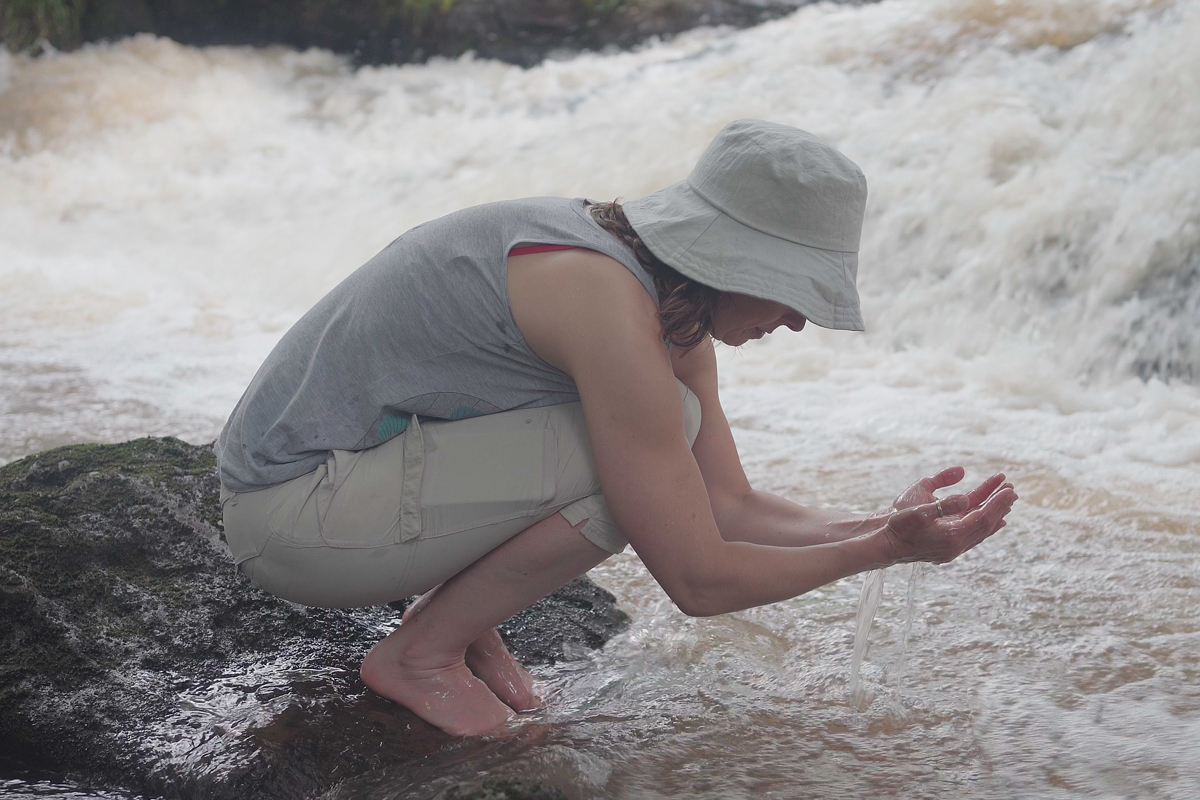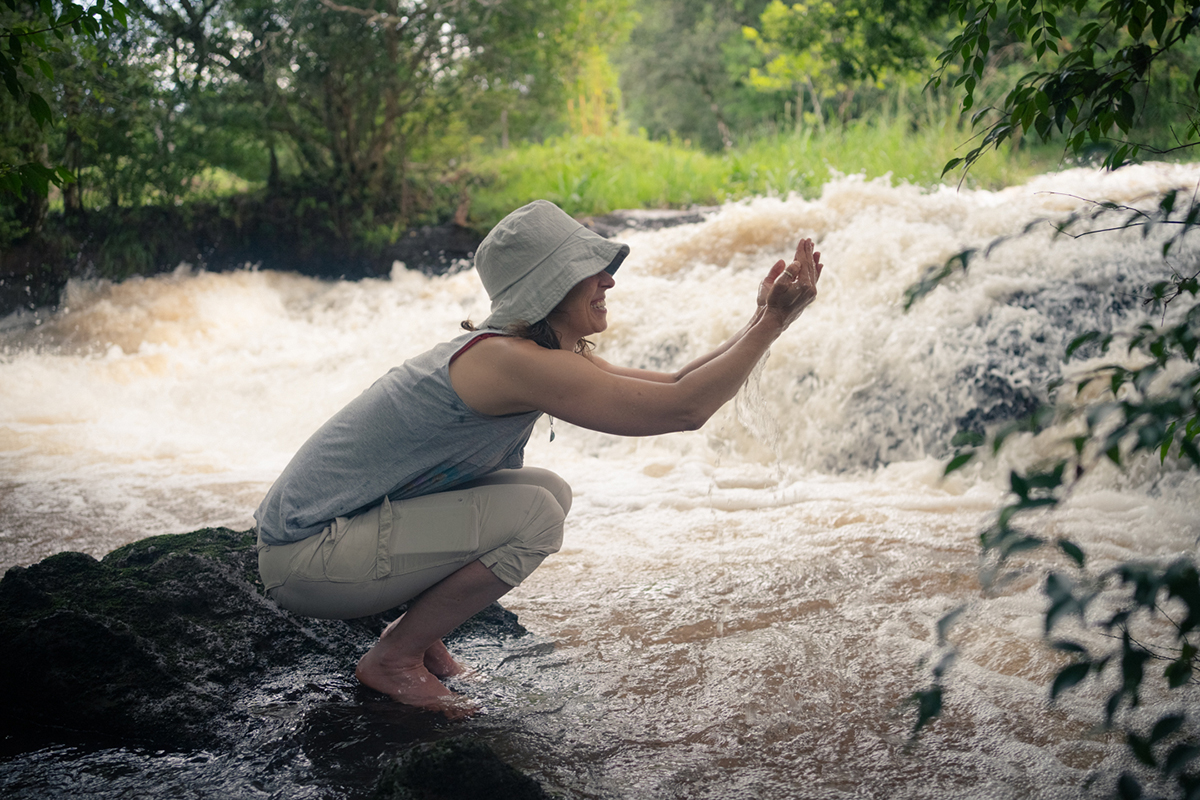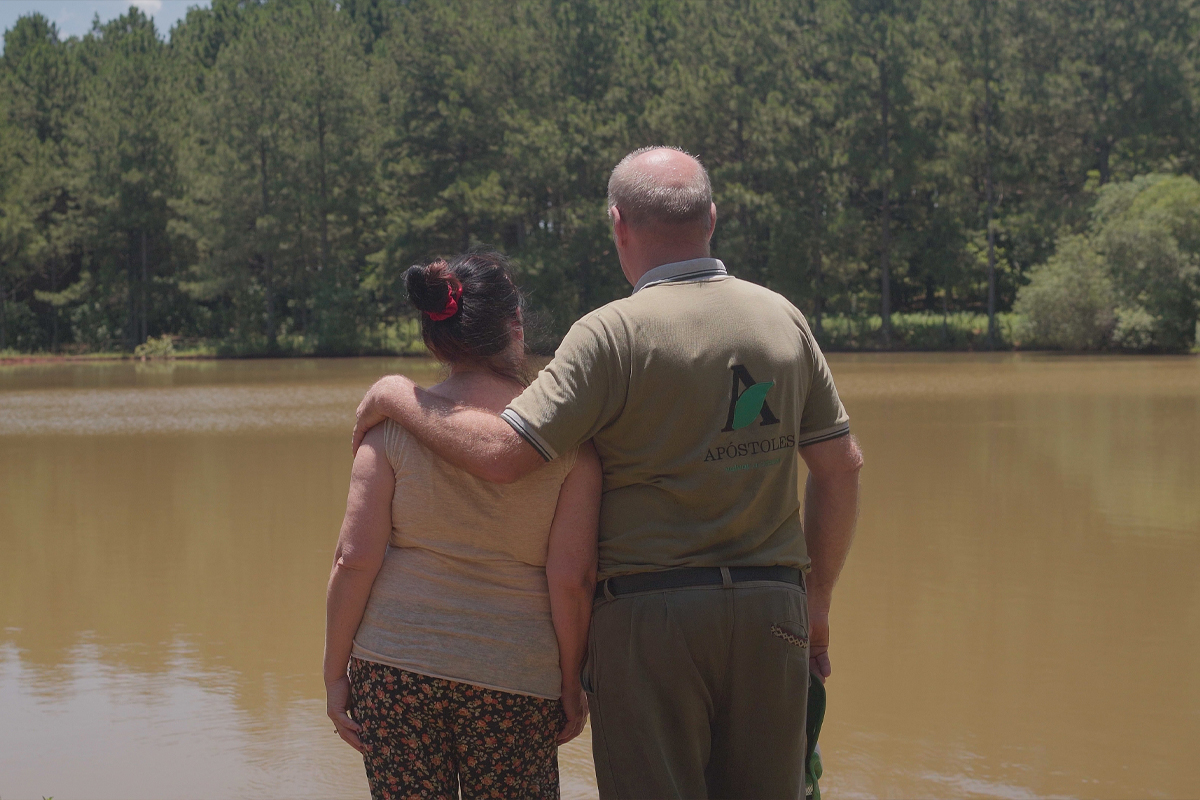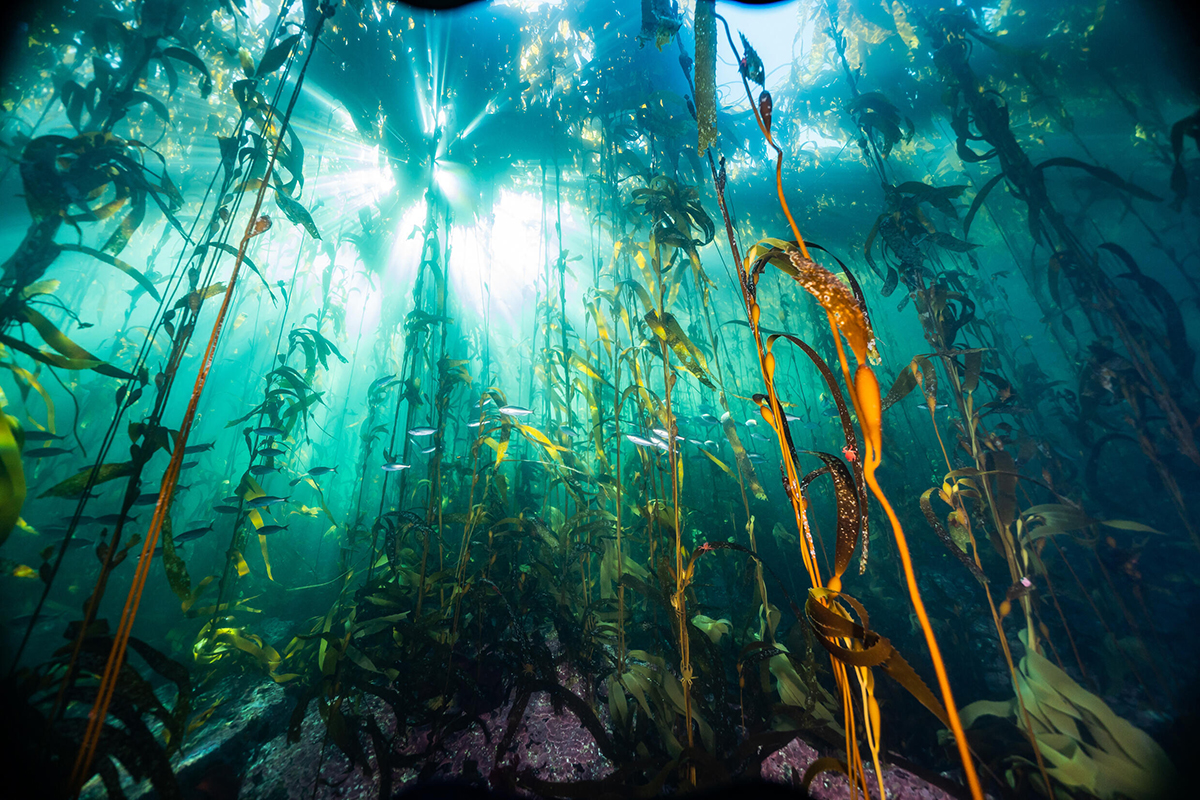Regenerative Aquaculture for a Sustainable Future





Food security and climate change are global challenges that compel us to rethink how we produce food. In this context, regenerative marine aquaculture is emerging as an innovative alternative that not only enables sustainable food production but also contributes to restoring marine ecosystems.
Unlike traditional intensive models, this approach is inspired by the natural functioning of the marine environment, integrating species that actively benefit the ecosystem. But how does it actually work, and what kind of impact can it generate?
To understand it better, we spoke with Ana Webb, an expert with over 16 years of experience supporting aquaculture entrepreneurs and producers in Chile and Argentina. Her love for the sea and deep knowledge of regenerative aquaculture help us explore how this model can transform the way we produce food and care for the planet.
What is Regenerative Marine Aquaculture?
Regenerative marine aquaculture aims to produce food sustainably while minimizing the impact on marine ecosystems. It’s an approach that mimics the ocean’s natural processes and makes the most of available resources, rather than depleting them.
“It’s a way of producing that not only avoids harming the environment but actually improves it. Instead of extracting without limits, we cultivate with awareness, restoring the ecosystem’s natural balance,” explains Ana.
Key Features
One of the pillars of this model is three-dimensional farming, where different native species are combined throughout the water column. Each plays a crucial role in maintaining ecosystem health:
✅ Macroalgae Capture carbon dioxide and oxygenate the water, helping to mitigate climate change.
✅ Bivalves (mussels and oysters): Filter the water and contribute essential nutrients to the marine environment, improving its quality.
These systems can be highly productive. “If we cultivated just 2% of the ocean, we could feed 12 million people. This shows the enormous potential of sustainable aquaculture,” says Ana.
Challenges and Opportunities
Regenerating the oceans means more than reducing environmental impact — it requires taking an active role in ecosystem recovery. This calls for a shift in mindset and behavior.
“Regeneration is a way of life — an ecosystem-based approach that requires coherence in our actions. It’s not just about producing food, but doing so consciously, understanding that we are part of a larger system,” Ana emphasizes.
A Love That Flows
Ana’s love for the sea began in childhood. She grew up exploring the ocean with her father, developing a deep connection to water and its mysteries. By the age of 10, she was already working on an oyster farm — an experience that shaped her path toward marine biology.
“I always knew my life would be connected to the ocean. From an early age, I understood that the sea not only provides food but also teaches us about the interconnectedness of life,” Ana shares.
A Purpose with Impact
Throughout her career, Ana discovered that her true purpose was to drive the transformation toward a more regenerative and inclusive economy. This led her to become part of Mayma, a space where she supports others on this journey of change.
“In Mayma, I found the perfect place to share this purpose and help more people create positive impact through regenerative aquaculture,” she says.
Regenerative marine aquaculture is not just a production method — it’s an opportunity to build a more sustainable future. As we face global challenges, it is essential to adopt approaches that integrate food production with ecosystem regeneration.
If we want to ensure food security without compromising the planet’s health, the answer may lie in the ocean.
